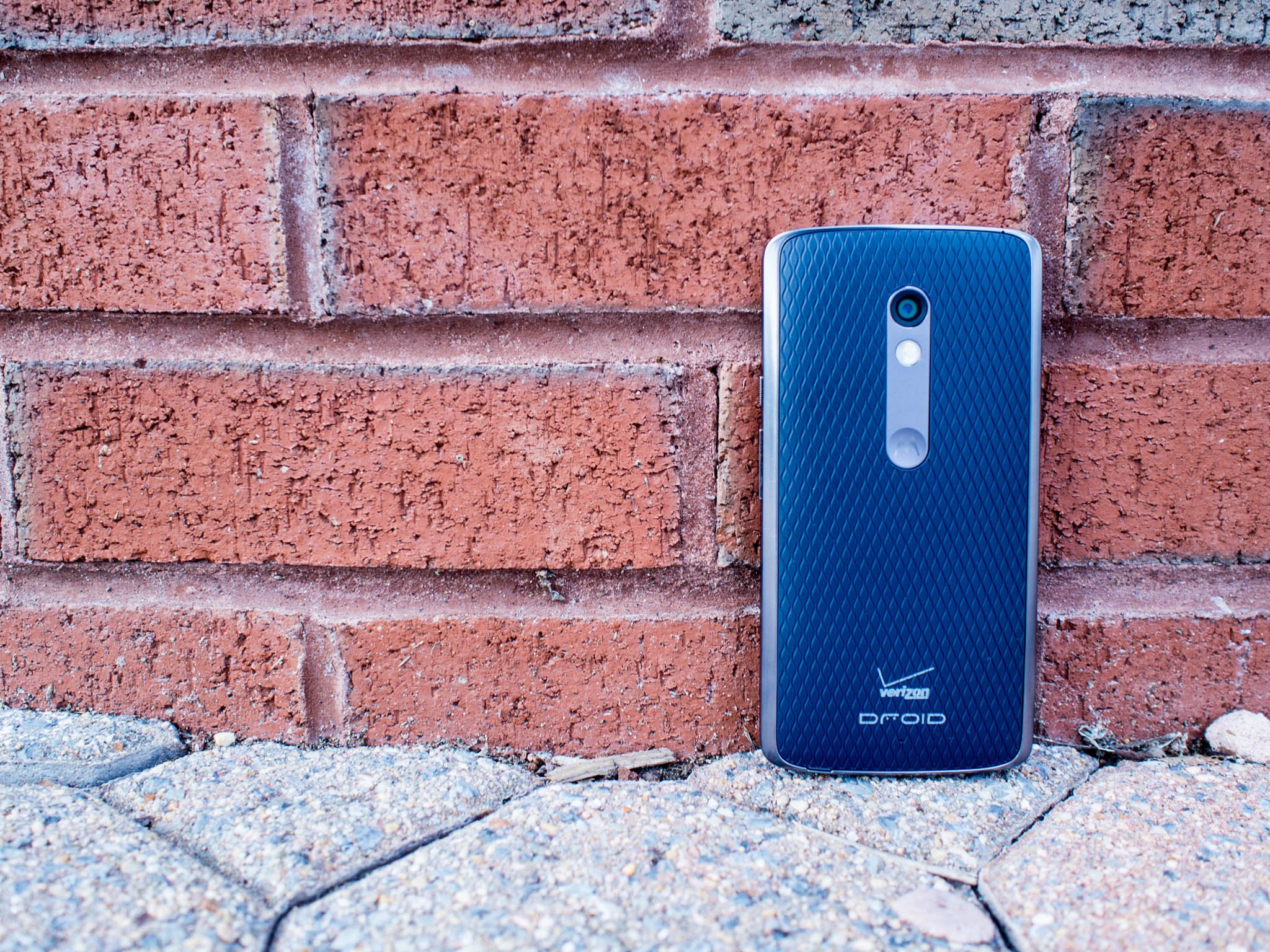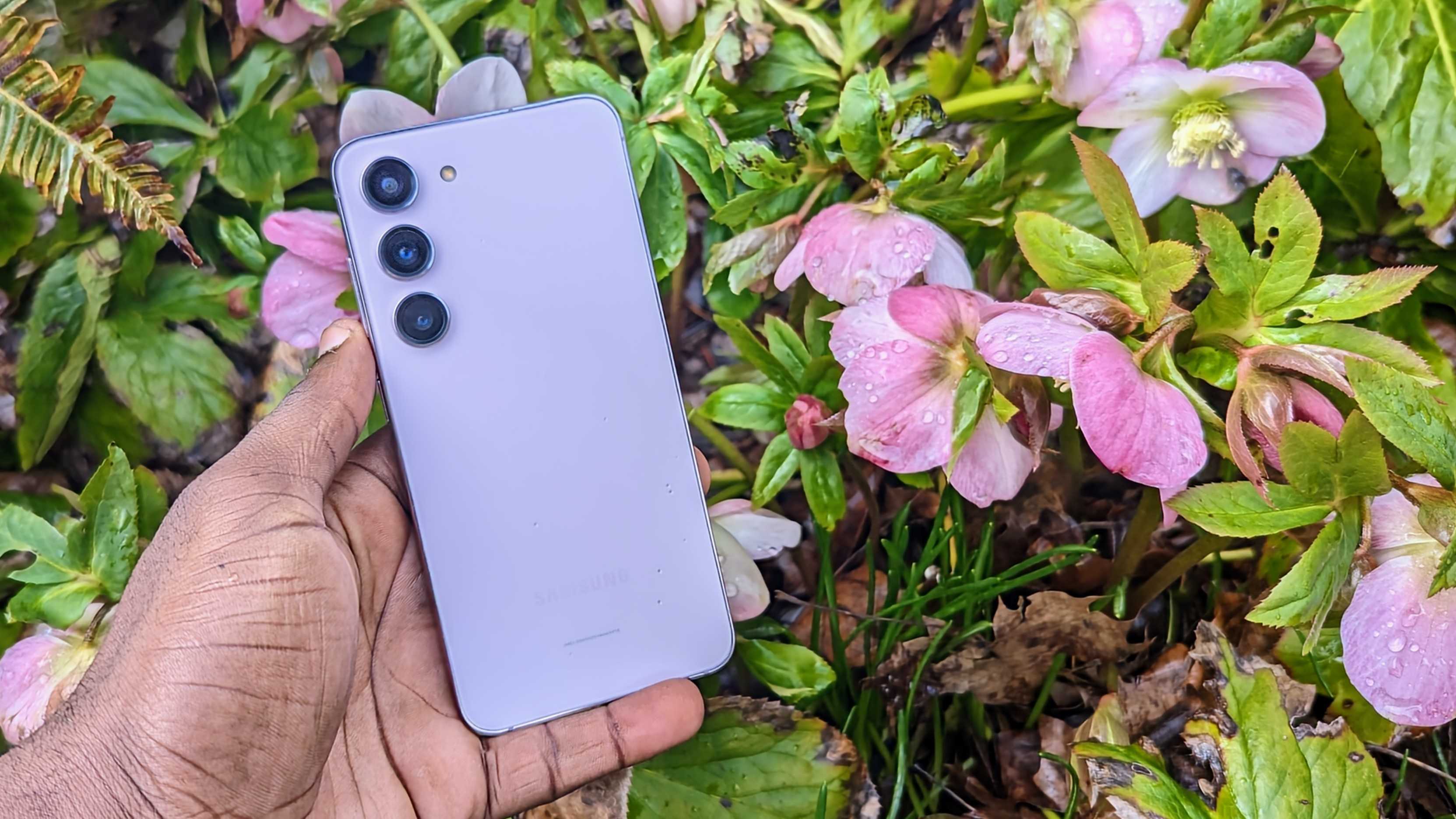The Quick Take
Motorola's Droid Maxx 2 is a solid mid-range offering, available only through Verizon in the US. You can pick it up for $384 which is pretty solid price point for a well designed phone that feels solid and sturdy in your hand with bright colors on the screen and fantastic battery life. There are some down sides that come with that price point though and that includes a camera that is a little wonky in low light and some multitasking issues during use.
The good
- Textured feel that makes it easy to hold on to
- Mostly awesome camera
- Fantastic battery life
The bad
- Only 16 GB of internal storage is a bit lacking
- Issues with multi tasking due to processor size
- Surfing the internet or listening to music can tank your battery
- 5.5-inch Full HD
- LCD Display
- 1920x1080 resolution (400ppi)
- 21MP, ƒ/2.0 lens
- 5MP front-facing camera
- 3630 mAh capacity
- Quick Charge 2.0
- Octa-core Qualcomm Snapdragon 615 processor
- 4x1.6GHz A53 cores + 4x1.1GHz A53 cores
- 2GB RAM
- 16GB internal storage
- microSD slot
About this review
I (Jen Karner) have been using the Droid Maxx 2 for the last week and a half on the Verizon LTE Network in Halethorpe Md. It was used in various parts of Maryland, with mostly good coverage overall — although there were some areas without fantastic coverage. I was using the black 16GB Maxx 2 running Android 5.1.1 Lollipop on Build LCD23.118-21.2.
A Sony Smartwatch 3 was paired with the phone during the review period.
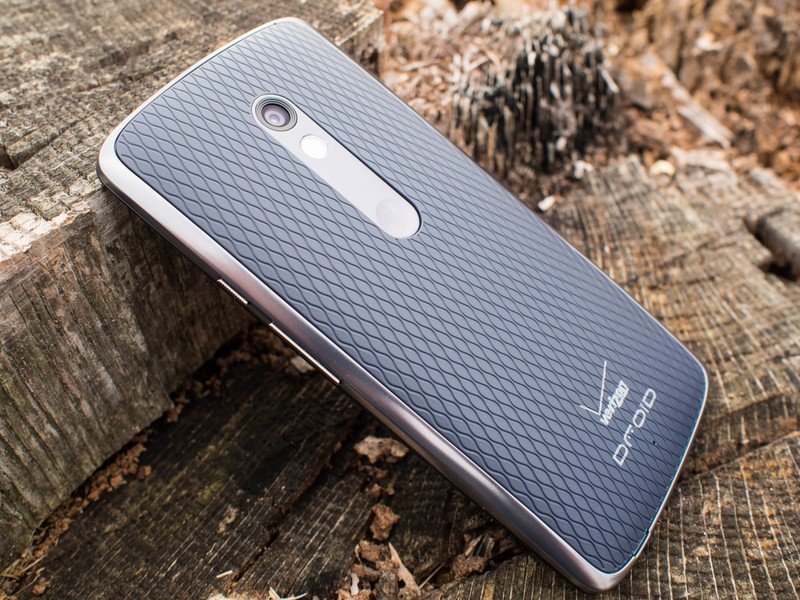
Affordability feels awesome
Droid Maxx 2 Hardware
The Droid Maxx 2 is a fairly large phone in your hand — or at least it was in my hand anyway. The textured backplate ensures you're never nervous about accidentally dropping it. While it is plastic phone it's got heft, and never felt cheap in my hand. It's a solid overall feel, which is what we've come to expect from Motorola's design language recently.
This rectangular 5.5 inch slab is packing a 1080p display that takes up the entire front of the phone with the exception of the two small speaker cutouts. The sides of the phone are made of aluminum and really contrasts well against the back pop out back panel. While Moto Maker isn't available for this phone you can get it in an array of replaceable backplate colors to suit your mood. The only reason to remove the backplate it is if you're switching out covers, since underneath it is the massive 3,630 mAh sealed battery. Set into the middle of the back is a small metal panel with the camera, and flash, along with a depressed area that makes the perfect fingerhold. The branding is pretty minimal here as well with a small Motorola logo in the camera back panel, along with some Verizon and Droid branding at the bottom of the casing.
The power button is also textured which means it's nearly impossible to hit the wrong button.
The power button and volume rocker are both located on the right of the phone, with the power button up top. They're both fairly discrete and don't stick out too much. The power button is also textured which means it's nearly impossible to accidentally hit the wrong button. The charging port is on the bottom of the phone, right in the middle. The top of the phone gives you access to your headphone jack, along with a tray for your Nano-SIM and SD card. It's got a very sleek, shiny look that pairs well with the soft touch back panel.
The display is where you're going to be spending most of your time, and it does it's job fairly well. Motorola went with a 1080p resolution on a 5.5 inch screen it looks pretty fantastic considering this is a mid-range phone that's only $384. The screen is washed out but visible when it's super bright outside, and the colors indoors are vibrant without being over saturated. The only real breaks in the screen come from the two small cutouts one at the top of the screen, and one at the bottom. While it looks like a double speaker grill, only one is hiding a speaker for music although it definitely gets the job done well.
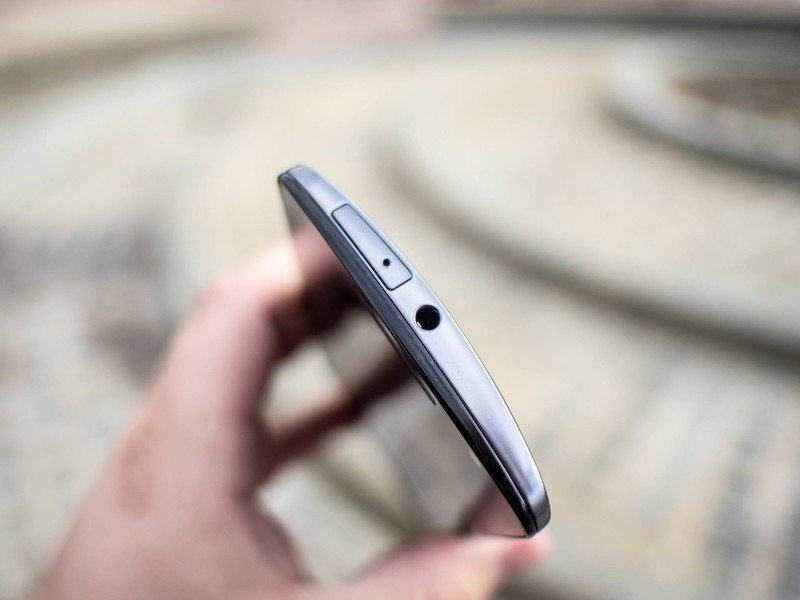
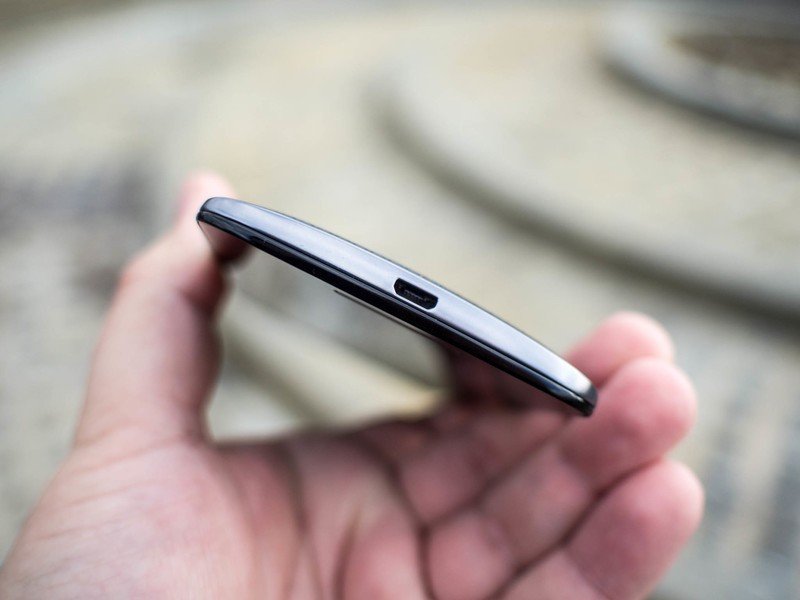
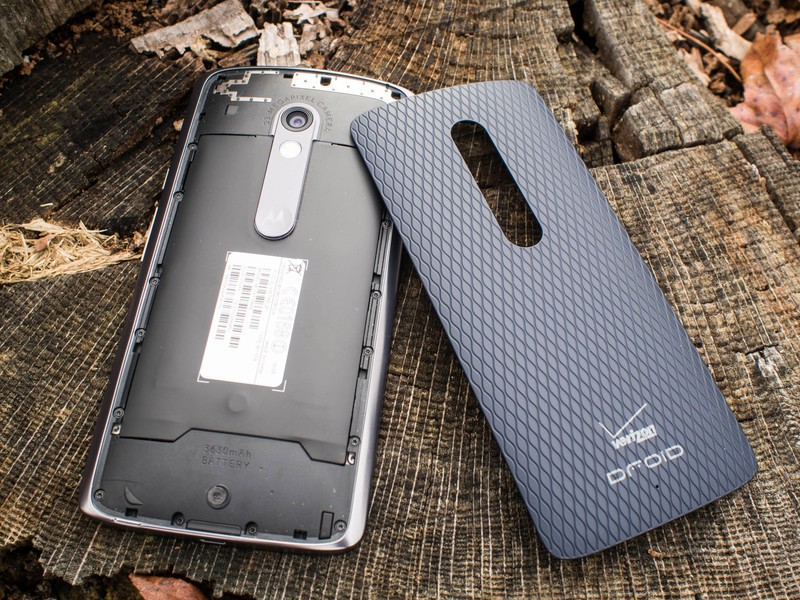
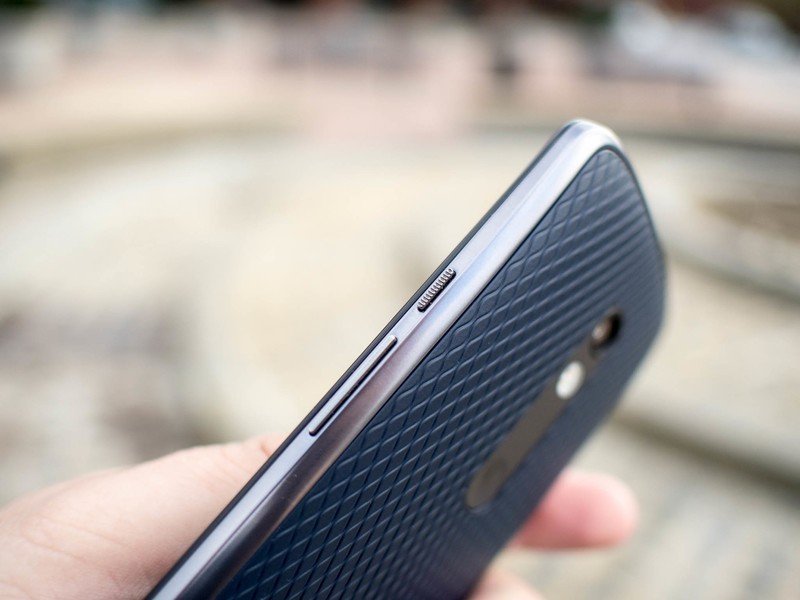
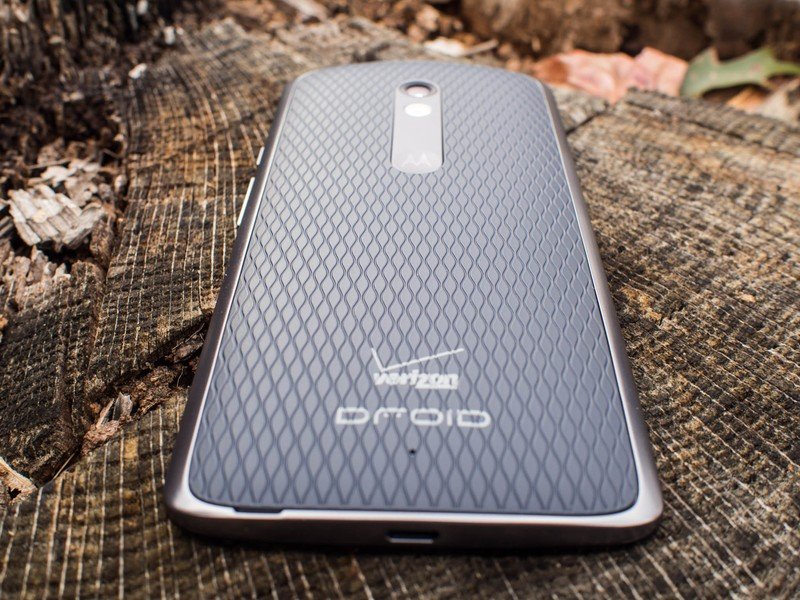
The processor in the Droid Maxx 2 is a Qualcomm Snapdragon 615, and sadly this is one of those places where the Maxx 2 falls a bit short. The phone will start to heat up on you if you're surfing the internet or playing music for more than half an hour, and while it never got hot it was definitely noticeable. The 16GB of internal memory started to get crowded fairly quickly as well. Between the installed apps keep running regularly and a few days of taking pictures and shooting video, this phone was down to only 2GB of free space after only a week. So it isn't an immediate problem but it would certainly become one for folks using this for two years. Thankfully there is the ability to add an SD card to expand storage and make things easier.
There are some perks with this phone too though, and one of the big ones is the 3,630 mAh battery. I'll talk about it in greater detail down below, but rest assured that this beast of a battery will get you some great, long term battery life. It's a big battery too, and not just in terms of power. If you take a look under the pop off back panel, you'll see that it's a little over half the size of the phone. It also helps to explain some of the heft you feel when holding the Maxx 2.
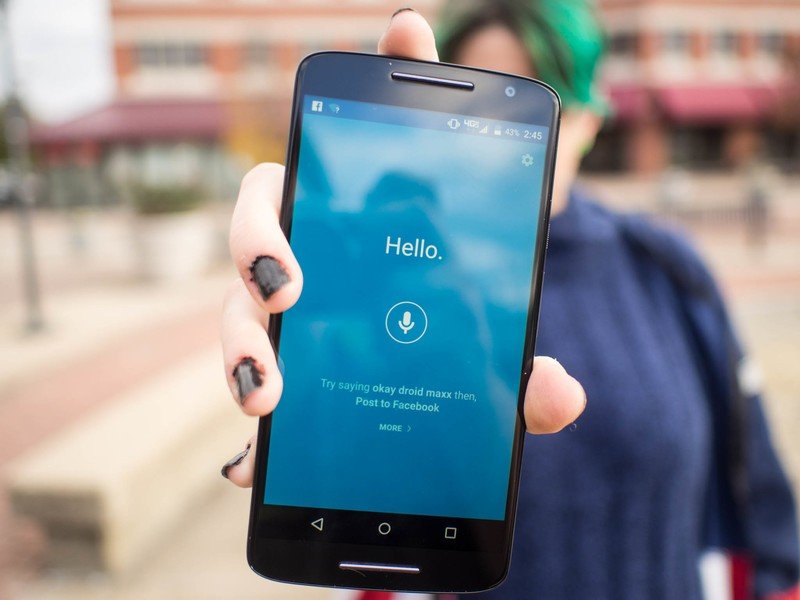
A beautiful blend of Google and Moto
Droid Maxx 2 Software
The Droid Maxx 2 is running Android 5.1.1 Lollipop for now, though Motorola is hoping to roll out an update to Android 6.0 Marshmallow sometime in the not too distant future. Motorola did a really great job of giving you access to their Moto apps without loading your phone down with bloatware out of the box and it's a great experience. If you've been using Motorola phones recently it's all fairly recognizable, with the Google suite emphasized by Moto apps like Moto Loop, and Moto Voice.
The setup is clean and easy to navigate even if you haven't been using a Motorola phone, which was the case with me. Moto voice, which allows you to name your phone and wake it using a specific command worked fantastically. You need to be in a fairly quiet area to set it up, so that the app can properly recognize your voice but after that it works really well. You can launch apps, text contacts, or search the internet. Again, it doesn't always respond if the room is noisy, but so long as it recognizes your phrase, it will wake up even if the screen is dark.
The setup is clean and easy to navigate
The notification system for Moto Display is also quite well designed. If your phone is sleeping when you get a notification, an icon will show up on your screen. If you tap and hold you can preview the notification without fully unlocking your phone. Alternately if you want to look at the app, you can launch it right from your sleep screen. It's really well done, and once you get used to it, really convenient. Other Moto apps worth mentioning include Moto Loop which lets you easily control your devices — and keep an eye on your family from a central hub, along with Moto Assist which minimizes distractions while you are driving, and Moto Actions which lets you use actions — like launching your camera by flipping your wrist. All of these work in tandem with the Google suite without overpowering things and it makes for a fantastic user experience.
The processor is where the user experience took a hit, sad to say. It's a solid Qualcomm Snapdragon 615 but at times didn't seem able to keep up with everything —It was prone to auto closing apps when it felt like too many things were running at the same time which could be aggravating, or having serious enough lag in open apps that I closed everything and tried again. It was unfortunate to see the processor lag when doing things like surfing Facebook, or listening to music on Pandora but it was definitely noticeable at times. This still wasn't a deal breaker, but it wasn't ideal by a long shot.
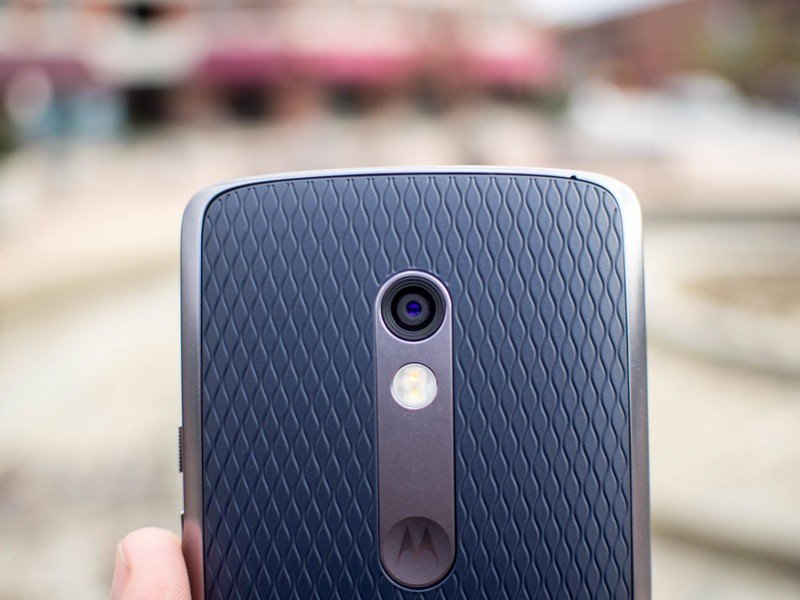
beautiful in daylight
Droid Maxx Camera
Let's face it, when it comes to features on your phone one of the biggest draws is a decent camera. We've all gotten used to being able to capture a moment, or grab video of it, and we all love selfies — okay, I love selfies, but still. The camera on the Droid Maxx 2 is a pretty solid one too, although the quality did suffer in lower light. This isn't a blow you out of the water amazing camera, but it isn't a dud either.
The rear facing camera is a 21MP, with a f/2.0 lens, phase-detect auto focus, and a dual LED flash. The front facing camera is a 5MP and does well for all of your selfie needs. When you're shooting in decent light, you can expect to snag some beautiful pictures. You'll get clear photos, with vibrant color. However the quality there seriously suffers in lower light, and you'll notice they tend towards graininess. You can counteract this a little bit when it's dark outside by using night mode in the camera options, but even that only helps so much — and won't do you much good if you're trying to take pictures in a dim room.








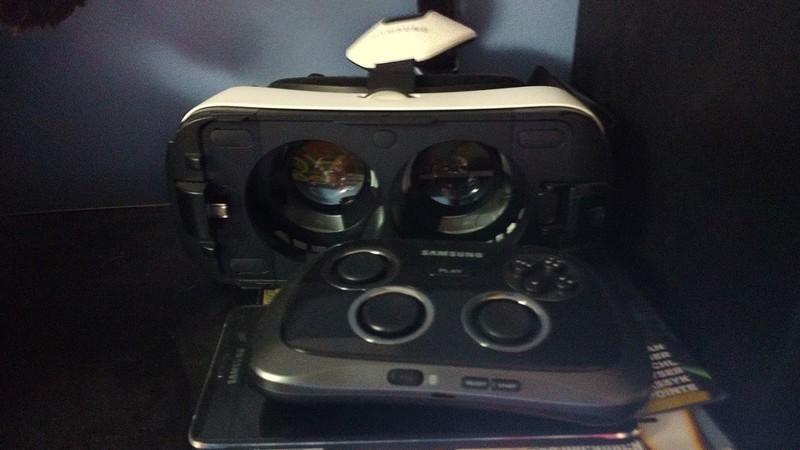
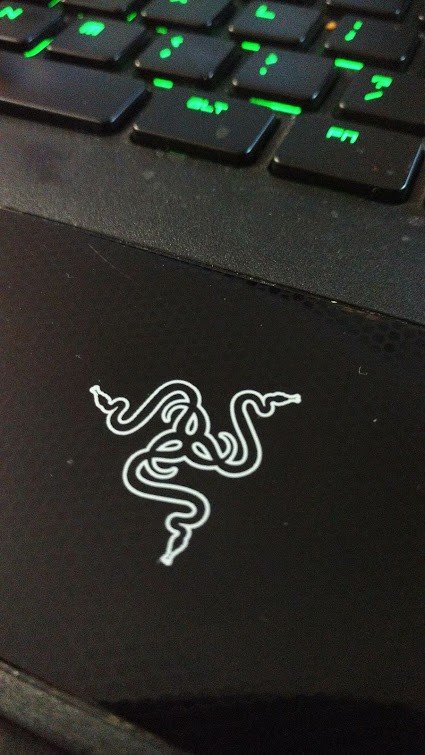
The options for the camera are fairly straight forward. You can access them by swiping to the right and all of your options are there on a wheel. These include options for HDR, flash, night mode, location tagging, and the like. There aren't any fancy new features here, but you will find all the regular bells and whistles and they all serve you well. The video records at 1080p regularly, but that will drop to 540p if you want to record in slow motion.
The camera here is decent without going above and beyond, into capturing images like you can get from the Galaxy S6 and honestly that's to be expected from a phone in this price range. While it would be nice to have a camera more capable in low light, it's not surprising and the quality you do get is great in daylight. It's nice to see that there was definitely some though put into the camera, even in a mid-grade model.
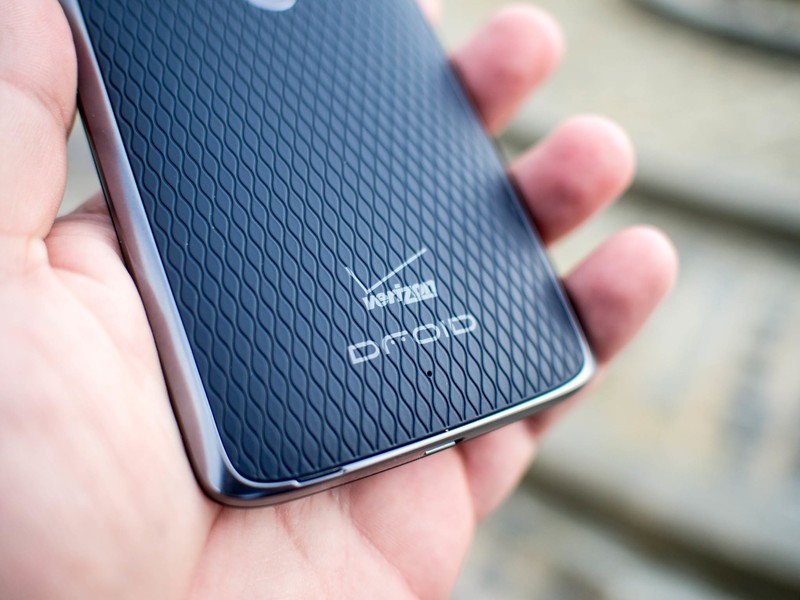
It keeps going and going...
Droid Maxx 2 Battery
When it comes to battery life the general consensus is that a bigger battery is better, right? Well if that's the case then the Maxx 2 is fantastic, with a massive 3,630 Mah battery. Even on days with heavy usage — days where I'm regularly checking Facebook, using Pandora, taking pictures, and surfing the web, I could easily expect to get through the day without a top off charge. Most days I could get somewhere between a day and a day and a half of usage before it became critical that I plugged in to charge up.
It's not removable but this monster of a battery will definitely go the distance in making sure you have the power you need to get through even heavy use days. If you it's a normal use day, and you aren't continuously scrolling through something or another, you can easily get a day and half before you really need to charge. Most days I plugged in before bed with about 30% battery remaining but it does drain faster when you're using the apps that heat the phone up; like listening to music, or using the GPS for extended periods of time.. Even on a day with heavy use I could get a solid 16 hours of intermittent use before I needed to plug in, or lose power.
That means charging your phone won't take long
When it does come time to charge, you've got access to Qualcomm's Quick Charge 2.0. That means that charging up your phone won't take long, and since it's huge it'll keep you going for at least a day with a full battery. Although be warned, certain apps or extended web surfing will take a hefty chunk out of that battery. Even so you can easily get by with charging while you sleep.
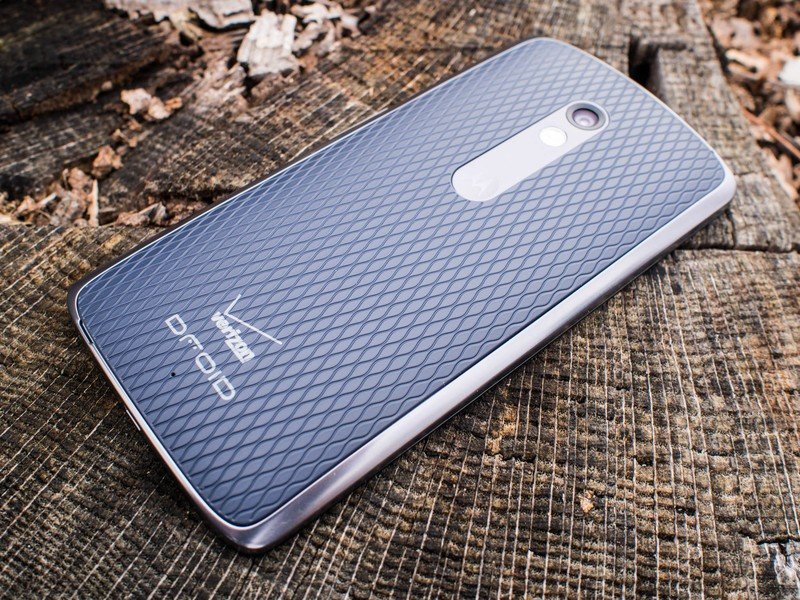
Solid without becoming spectacular
Droid Maxx 2 Bottom line
If you're looking for a decent mid-grade phone, then you should certainly take a look at the Droid Maxx 2. It's got a solid camera with fantastic battery life and a great display — for this price range. The processor isn't fantastic, but it gets the job done more or less. For $384 it's a decent phone, without really wowing me. It's also worth noting that the design is implemented well, and that even with a plastic body it feels solid in your hand.
This is a tough market niche right now though, with contenders like the Moto X, Asus Zenfone 2 and Nexus 5X. With so man fantastic phones, it really comes down to choosing the features that matter most to you, and the top feature for the Maxx 2 is definitely the battery.
Should you buy the Droid Maxx 2? Maybe
Only if you're prepared to choose fantastic battery life as the feature you need. While this phone is fairly affordable, you do lose out on features that decide how you use your phone. If you're willing to trade processor ability, and storage for battery life then this might be a decent phone. This isn't a bad phone by a long shot and so long as you know what you're getting into, it works quite well. With so many options for a mid-range phone I'd definitely suggest looking at all of your options before settling on the Droid Maxx 2.
Jen is a staff writer who spends her time researching the products you didn't know you needed. She's also a fantasy novelist and has a serious Civ VI addiction. You can follow her on Twitter.
